What’s the difference between a tabernacle, a synagogue and the temple? If you’ve ever asked this question, you are not alone. Each of these terms can be found in Scripture, but they can be easily confused or glanced over.
The tabernacle is first mentioned in Exodus 25 when God instructed Moses to build one – also referred to as a tent of meeting – to host the presence of the Lord. The temple in Jewish life refers to the temple built in Jerusalem that was the central place of worship. And the synagogue, historically and today, has served as a gathering place for prayer, instruction, and community. It continues to be central to Jewish life today, as it was in the time of Jesus.
Let’s take a closer look at each of these places, to understand the differences and God’s intention with each one.
What is the Tabernacle?
Following the deliverance of God’s people from Egypt, God spoke to His prophet Moses to lead His people. Part of the charge as they wandered through the wilderness was to build the Tabernacle. It was so that God’s people had a constant reminder of His presence with them.
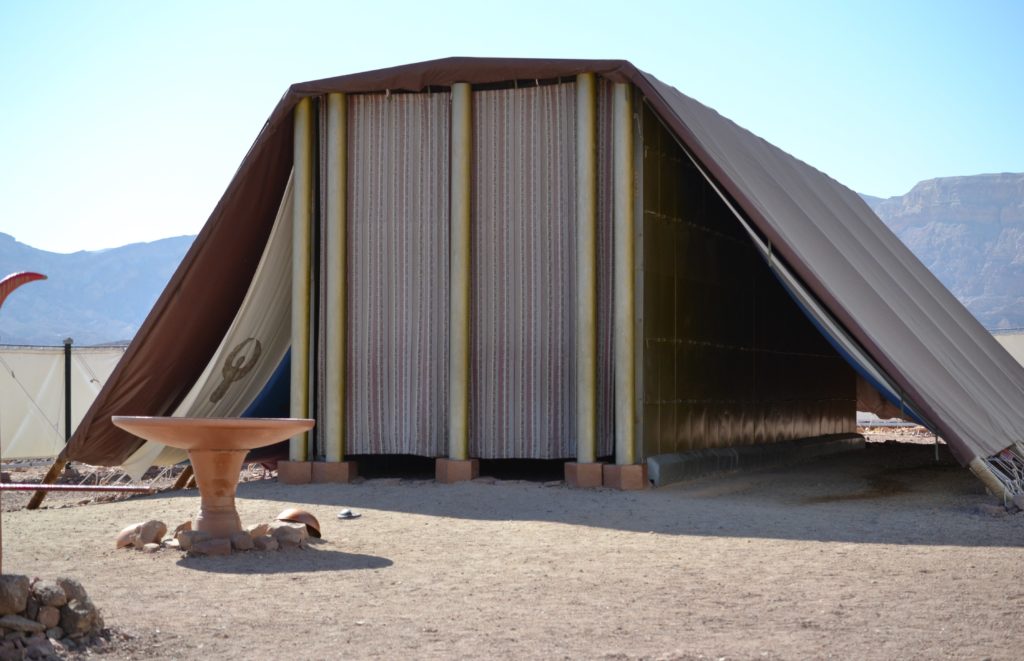
And let them make me a sanctuary, that I may dwell in their midst. Exactly as I show you concerning the pattern of the tabernacle, and of all its furniture. There I will meet with you, from above the mercy seat. Exodus 25:8-9, 22
This unique tent served as a blueprint for how the children of Israel were to approach God: in holiness, in purity, and in reverence.
Moses was given very detailed instructions on how this structure was to be built, what furniture was to be placed in it, and who was permitted access. It was in the tabernacle that the high priest would offer sacrifice once a year to atone for the sins of the people.
Wherever the people of Israel moved through the desert, the tabernacle would move with them.
It was a visible sign of God’s presence and His power to Israel that He watches over them day and night. He was with them through struggles and triumphs, and every day on their journey to the promised land.
What was the ancient Temple?
After the people of Israel settled in the promised land and the kingdom of Israel expanded under King David, this man after God’s own heart expressed a desire to build God a house. He was moved to set up a permanent dwelling place to host the presence of the Lord. David was no longer content to let God dwell in a tent while he lived in a beautiful palace.
“I dwell in a house of cedar, but the ark of the covenant of the Lord is under a tent.” 1 Chronicles 17:1
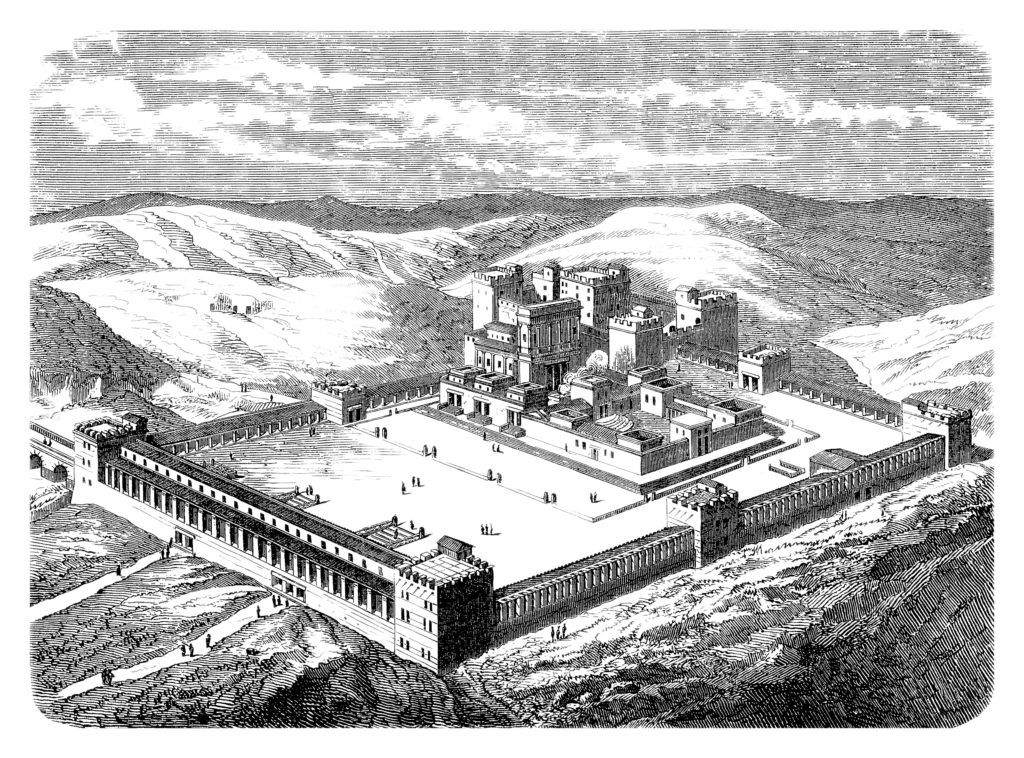
David’s son, King Solomon, went on to build an opulent temple. There, the high priest would sacrifice lambs on Yom Kippur (Day of Atonement). Scripture also commanded the Jewish people to appear before the Lord three times a year, the Feast of Unleavened Bread, the Feast of Weeks and the Feast of Tabernacles (Deuteronomy 16:16).
Invading armies later destroyed the Temple. And the Jewish people rebuilt it after returning from exile, only to be destroyed again by the Romans.
Looking at the Gospel accounts, before the Roman destruction, we find Jesus visiting the temple on a regular basis.
Even from a young age He was found listening and asking questions among the teachers (Luke 2:46). We read that He was at the temple with His family to observe the Passover (Luke 2:41). He overturned the tables of the moneychangers in the temple (Mark 11:15), and He was found teaching there (John 8:2).
He even healed in the temple: And the blind and the lame came to him in the temple, and he healed them. (Matthew 21:14)
What is a synagogue?
Let’s look at the term synagogue in Israel’s history and its place during the time of Jesus as well.
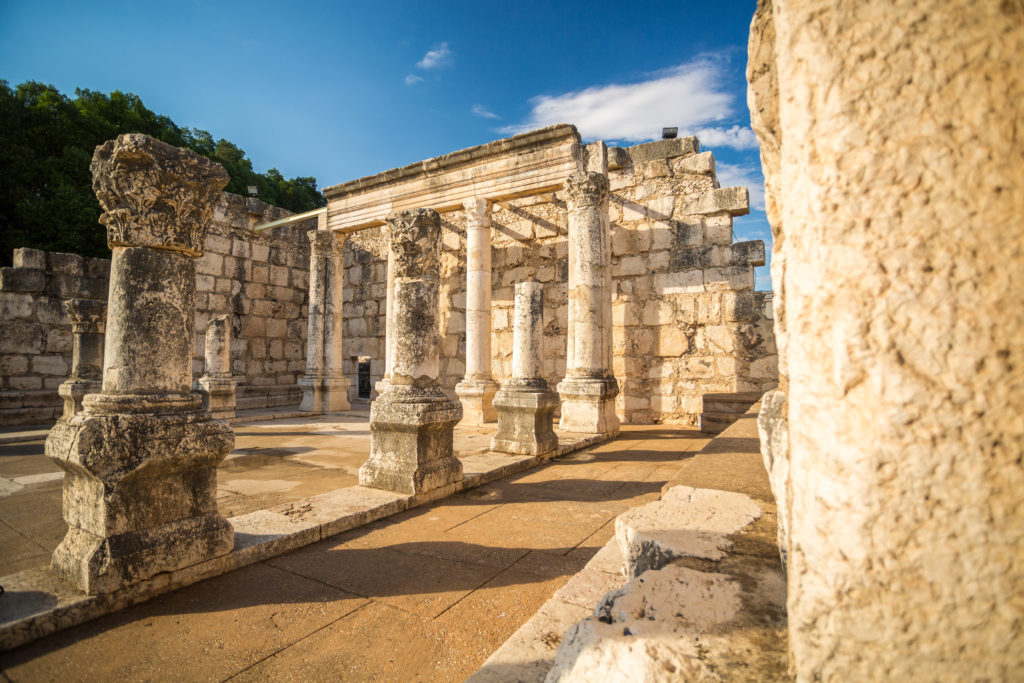
The term synagogue is actually the Greek translation for beit knesset, meaning house of assembly. Remember, the Hebrew Scriptures (Old Testament) were translated into Greek 200-300 years before Jesus. That is because Greek was the language of scholars in the ancient Mediterranean world.
To this day it is a place for prayer, instruction, and community, both in Israel and wherever Jewish people reside.
Similar to His presence in the temple, Jesus visited synagogues frequently. He taught, gathered for prayer, and even healed people.
It played a central role in Jewish life, when traveling to the Temple in Jerusalem was saved mostly for the major holidays.
Dwelling Place
As believers in Jesus the Messiah, God’s Word always provides meaning for our lives. And so these terms and places serve as a model for us as well. The writer of Hebrews had much to say about the tabernacle and the foreshadowing it provides of the greater priesthood that came through Jesus our Messiah.
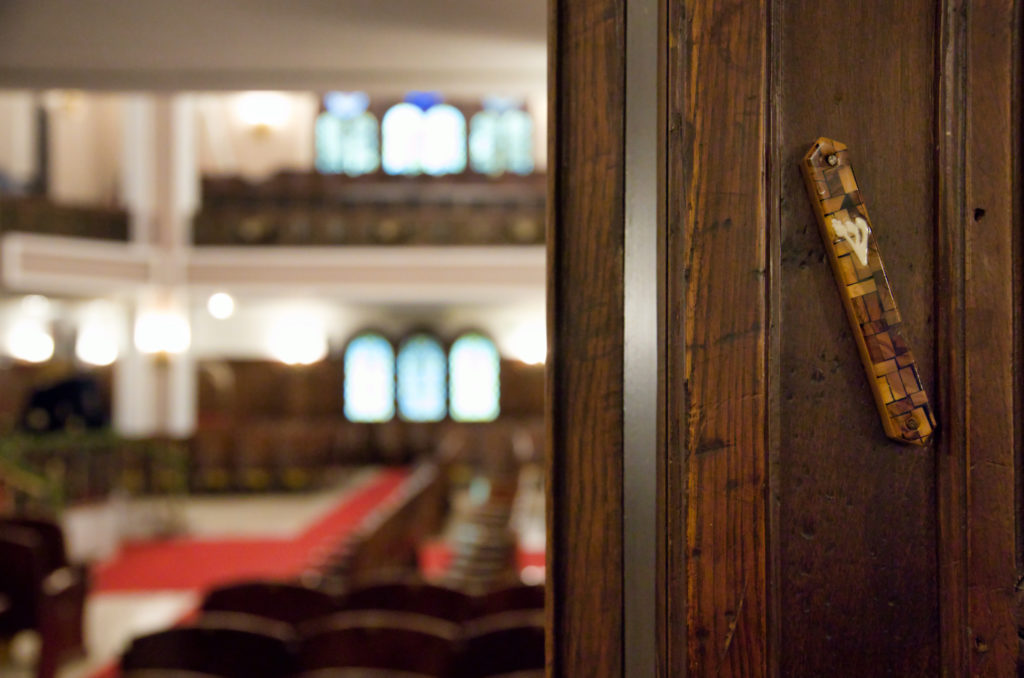
“But when the Messiah appeared as a high priest of the good things that have come, then through the greater and more perfect tent (not made with hands, that is, not of this creation) he entered once for all into the holy places, not by means of the blood of goats and calves but by means of his own blood, thus securing an eternal redemption… how much more will the blood of the Messiah, who through the eternal Spirit offered himself without blemish to God, purify our conscience from dead works to serve the living God.” (Hebrews 9:11-14)
God has always desired to dwell among His people. King David sang out that God is “enthroned on the praises of His people” (Psalm 22:3). Since the dawn of creation, the Father desired that His people would carry His presence. To be carriers of His dominion, His power, and His authority. God’s Son manifested the Kingdom of God on the earth.
To Tabernacle: God with Us
You see, the order that existed in the tabernacle, the temple, and later in elements in the synagogue weren’t just a model for the people of God during the Biblical period. It is a glimpse of the promise to come for all of us.
God’s design from beginning of time was that He would rest among His people.
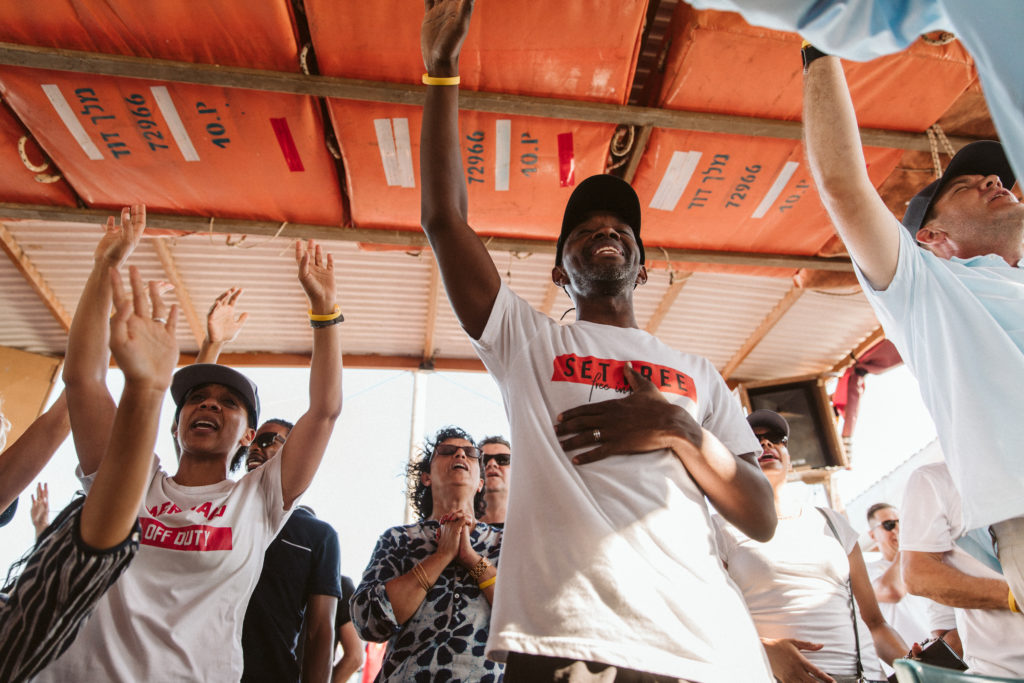
John sees this climax of the dwelling place of God in the book of Revelation:
And I heard a loud voice from the throne saying, “Behold, the dwelling place of God is with man. He will dwell with them, and they will be his people, and God himself will be with them as their God.” (Revelation 21:3).
Check out this ancient synagogue in Jesus’ hometown of Capernaum!
Help Transform Lives in Israel
The Tribe is a passionate and faithful group of monthly donors on a mission to transform lives in Israel through the love of Jesus. Join the Tribe today: firmisrael.org/thetribe
Let us not forget that we are carriers of His Kingdom. We are that dwelling place of God in the Spirit (Ephesians 2:22).

7 Hebrew Words Every Christian Should Know: Free PDF Download
With the use of the Hebrew language God revealed Himself to mankind. This ancient tongue held the greatest spiritual truths that guided our lives through the ages. And in each generation, they are discovered anew.
We know the Bible can be hard to understand and you want to get more out of it. Which is why we want to teach you seven Hebrew words that will transform the way you read the Bible.
Articles Related to Tabernacle, Temple, Synagogue: What’s the Difference?
Estimated reading time: 7 minutes
